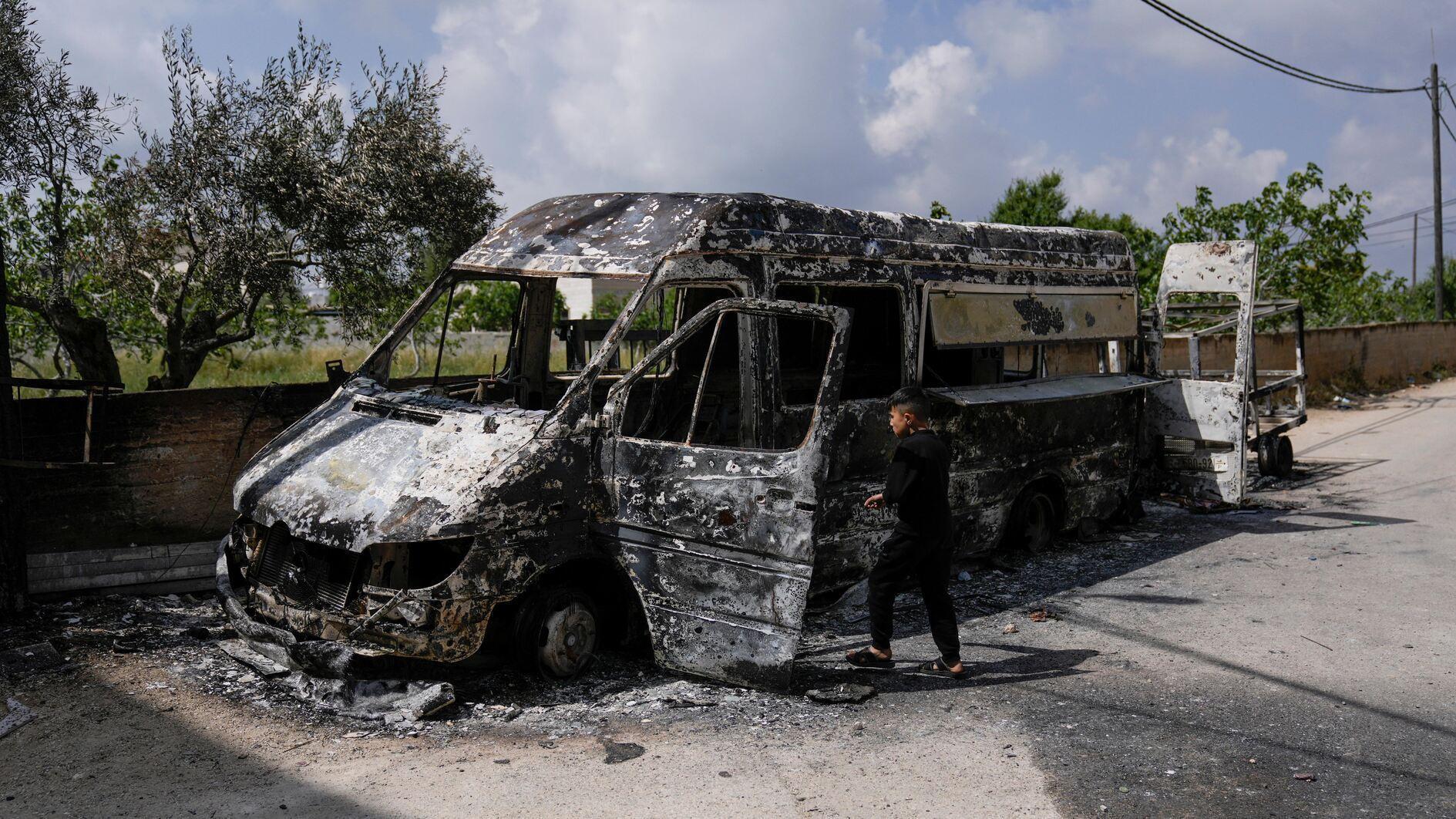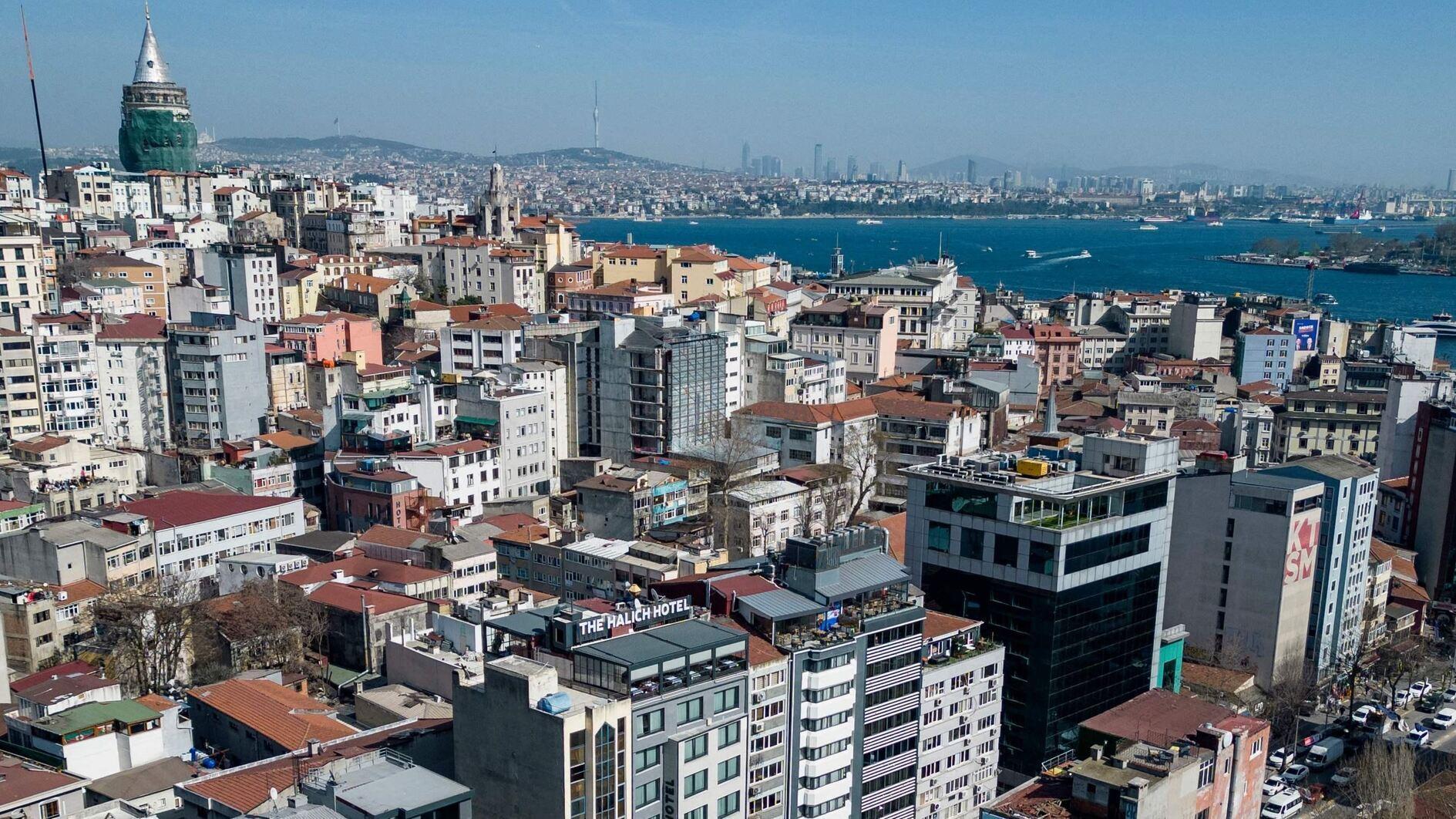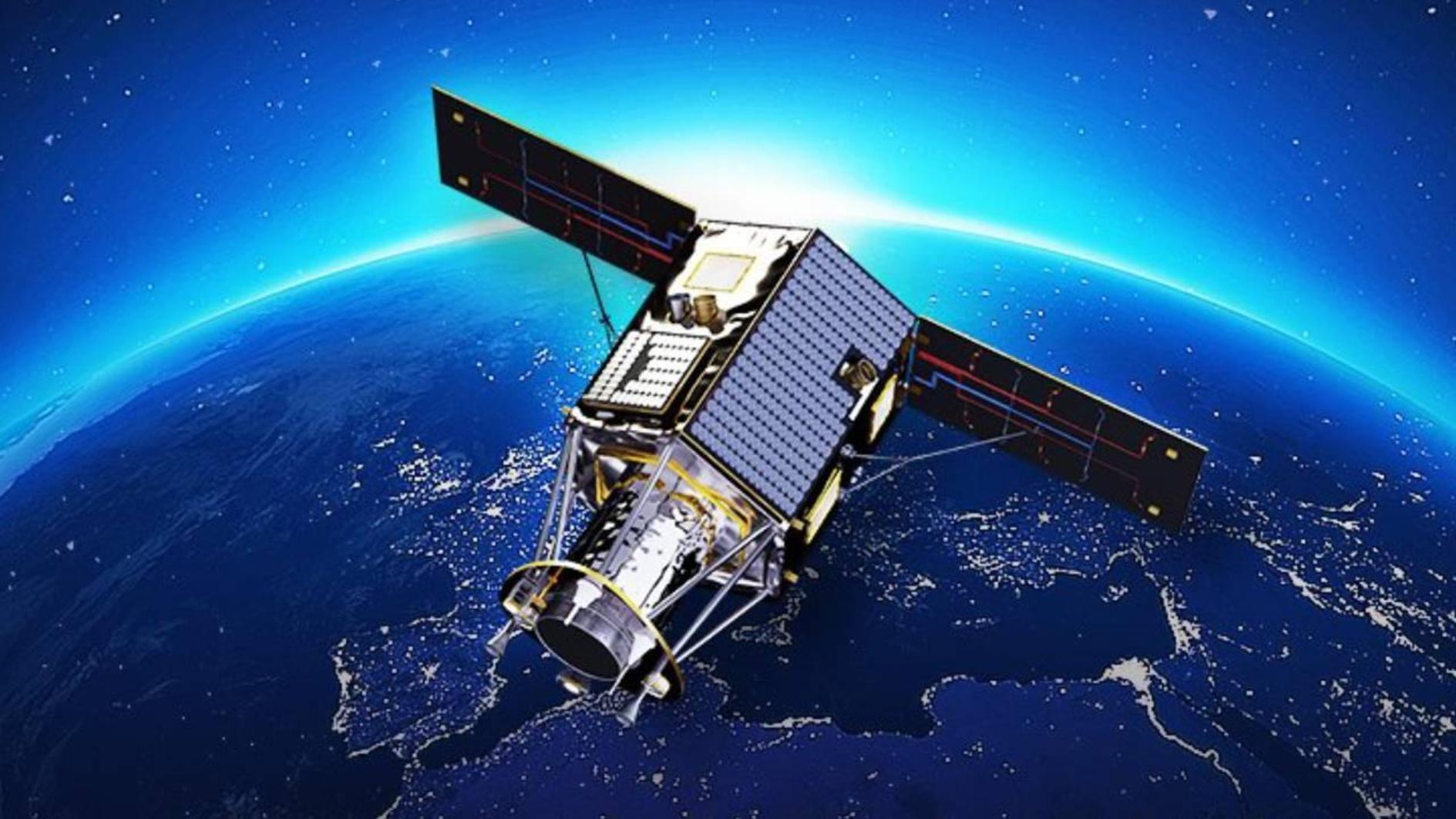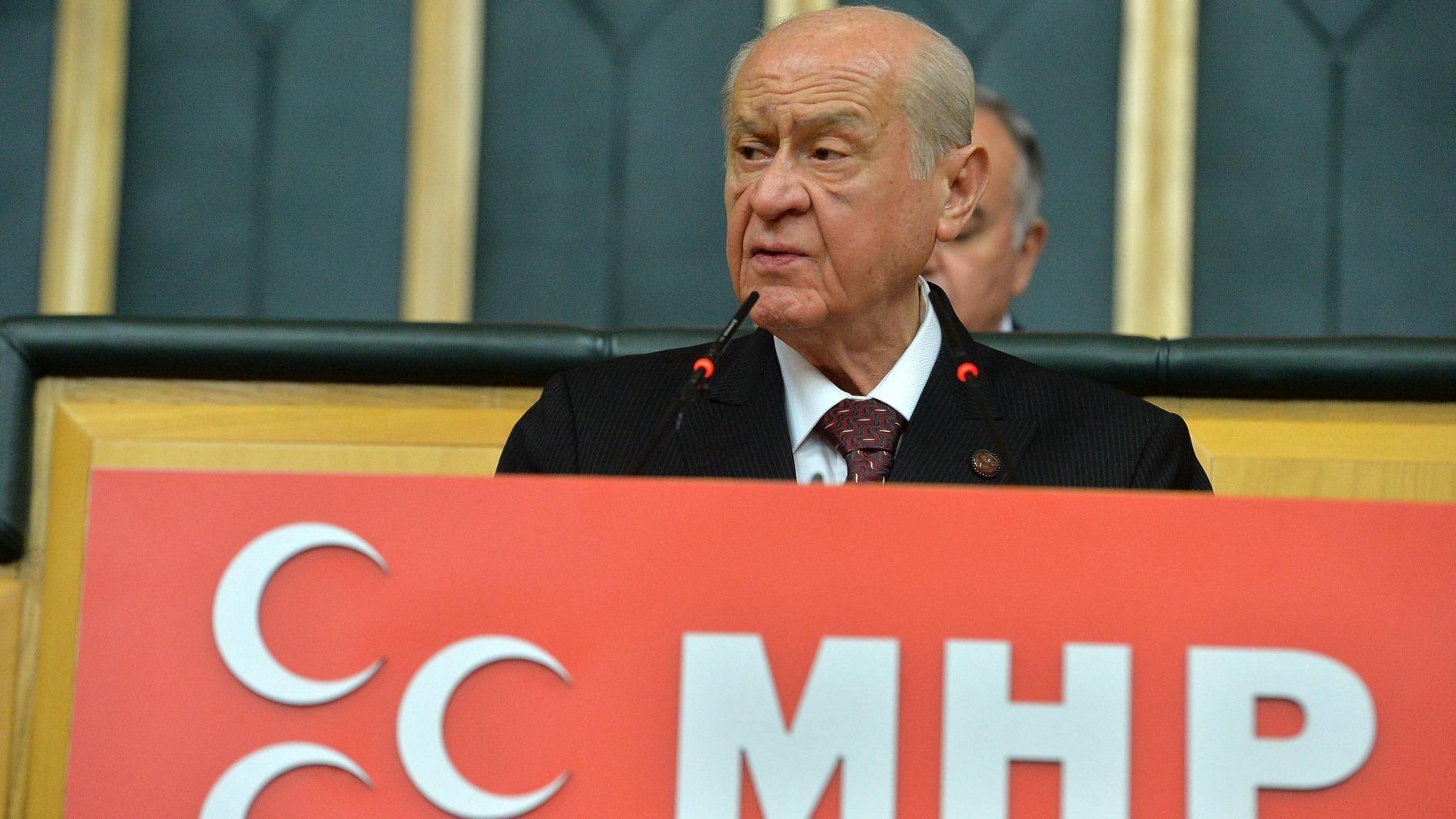A Middle East nuclear threat the world forgot
The continuing showdown over Iran’s nuclear potential overshadows many things, including another spreading nuclear threat.
Unlike the enriched variety, this is about so-called “depleted uranium.” The United States has left behind about 2,000 metric tons of it in Iraq in the form of spent shells and exploded missiles. There is virtually no consensus about the long-term health implications. The United Nations Environment Programme (UNEP) said in an unconvincing 2009 report that the threat was negligible. Various campaigns to ban the use of this material have claimed up to 500,000 Iraqis will die of diseases wrought by this waste. These reports also lack credibility.
But a scroll through the available medical literature, including work done by the British medical journal Lancet, makes it clear this is particularly nasty stuff. It’s created after scientists “enrich” conventionally mined uranium to enhance its potency for use in nuclear reactors or weapons. The leftovers, when reprocessed, enable manufacture of a metal that is about 1.7 times as dense as lead and only slightly less dense than iridium, the densest material in nature.
A nutshell history of its entry in recent years into the arsenals of 12 countries since the 1970s turns on the fact that it’s a particularly handy wrap when you are trying to protect a tank. Conversely it makes a damn good bullet if you are trying to destroy somebody else’s. The material got its debut in the first Gulf War of 1991, further use in the Balkans a few years later and saw serious action in the early days of the Iraq War in 2003.
“DU,” as it’s called, is suspected in the still-mysterious variety of ailments afflicting a third of the 900,000 troops who served in Gulf War I. Anecdotal evidence provided by Iraqi doctors blame it for skyrocketing cancer rates in at least 40 sites in Iraq, particularly around Gulf War II spots in Najaf, Basra and Falluja. Iraqis are witnessing a terrifying increase in congenital malformations – documented by stark photographs easy to find on the web – that include infants born without brains, without spines or without sexual organs. These too are also widely blamed on DU.
Scientists seem in agreement that the most dangerous moment is when a DU weapon actually explodes. If you are nearby and breathe the dust, you’re toast. Come by a year later and kick around the residue; the exposure is not much more than natural “background” radiation.
But virtually no research has been done on the effects of its leaching into the water supply, a certainty in Iraq. No one has studied DU’s probable entry into the food supply through irrigated fruits and vegetables. Nagging questions also surround one of the few growth industries in Iraq, the recycling of abundant scrap metal. DU is now a likely ingredient in crudely-made home heaters, teapots and countless other utensils in daily use.
A broad 2010 study by the Mumbai-based Strategic Foresight Group on the many costs of Middle East conflict offered this key fact: A cleanup of 12 metric tons of DU in Kosovo and Bosnia after NATO’s 1999 intervention cost $5 billion. You can do your own math on the scope of the 2,000 tons in Iraq.
But this “nuclear” issue must await another day.










